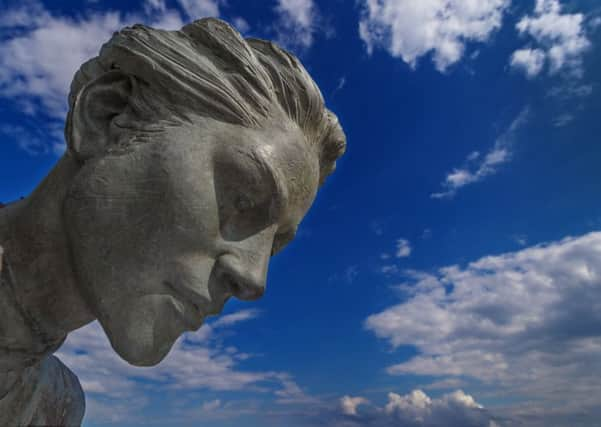The migrants who came to Hull - their journey carved in stone


It is part of a sculpture, by the artist Neil Hadlock, depicting a family from Northern Europe that has just stepped off a boat and is about to head by train to Liverpool and then travel by ship to the United States.
The statue was donated to Hull by the Sea Trek Foundation of America in 2001 to commemorate the journey undertaken by their descendants who travelled in tall ships from across Northern Europe in search of a new life.
Advertisement
Hide AdAdvertisement
Hide AdFew places in this country have played such an interesting, and important, role as Hull in the story of European migrants over the past two centuries.
More than two million people passed through the city and other ports along the Humber on route to America between 1830 and 1914.
It was part of a wider mass migration on a scale never witness before that saw more than 60 million Europeans up sticks and relocate to the far corners of the world - an interesting contrast with today when migrants head for a new life in Europe.
As competition between rival transport firms intensified in the late 19th Century, and as demand from the consumer to experience such travel emerged, Europeans were increasingly able to leave their native homelands in search of religious and political freedom, better jobs and a new life.
Advertisement
Hide AdAdvertisement
Hide AdBritain played an essential role in this migration, as a stop-gap between Europe and America. Many of our ports grew to cope with the increasing demands placed on them by this tide of humanity by erecting buildings to house these families and travellers before they headed off into what they hoped would be a bright future.
Very few of these buildings still remain, but the stories of their epic journey and the impact this mass migration had in terms of shaping the world have not been forgotten, and sculptures like this help keep them alive.
Technical details: Nikon D4, Lens 12-24mm Aperture f5.6, Shutter Speed 1/500, ISO 1EV under 100.
Picture: James Hardisty
Words: Chris Bond